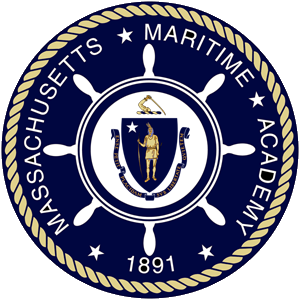AFF Task 1.2.A
Respond to an engine room, cargo hold, or service space fire
MMA Method
In order to satisfy NVIC 09-14 Task 1.2.A , MMA students must:
- Pass MMA Course FF-0108 1/C Advanced Firefighting
- Successfully complete MMA Assessment FF-8ERF Extinguish an engine room fire
NVIC Method
| STCW Competence | Knowledge, Understanding, and Proficiency | |
|---|---|---|
|
Control fire-fighting operations aboard ships |
AFF-X1 Fire-fighting procedures at sea and in port, with particular emphasis on organization, tactics and command Communication and co-ordination during fire-fighting operations Ventilation control, including smoke extraction Control of fuel and electrical systems Management and control of injured persons |
| Condition | Behavior | Standard |
|---|---|---|
|
In an approved or accepted course, in simulated shipboard conditions, given a full set of ship's fire and emergency plans and procedures, and one of the following fire scenarios:
|
the candidate demonstrates command, control, communication, and coordination of a simulated shipboard firefighting operation by:
|
|
